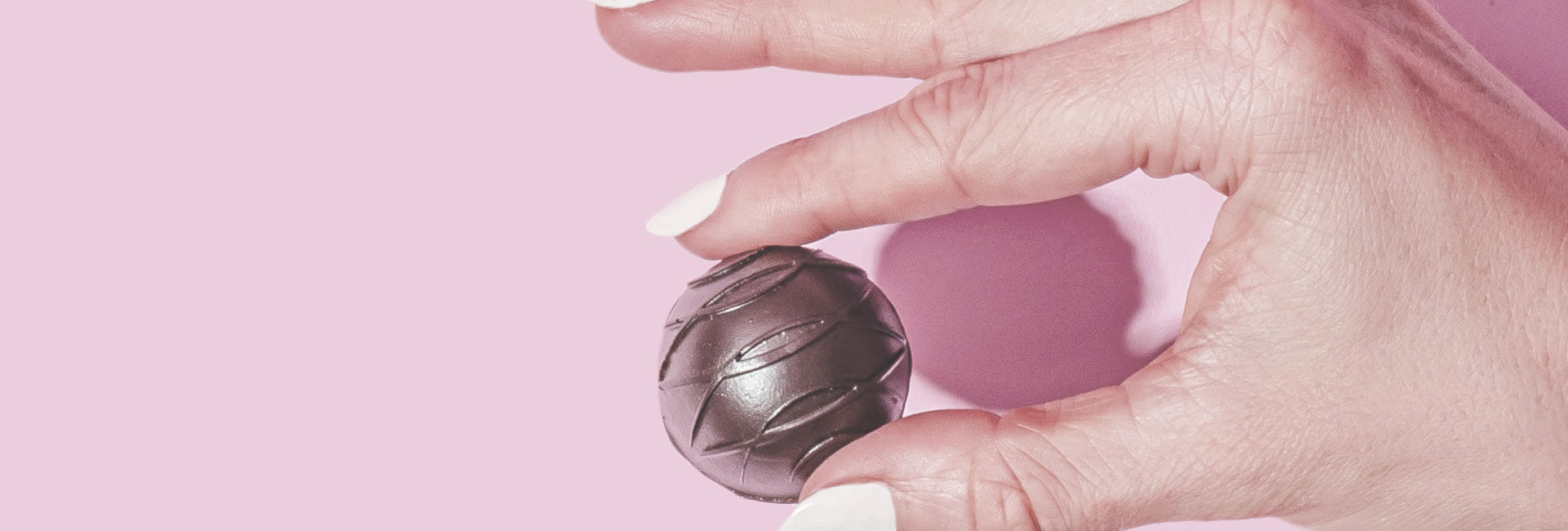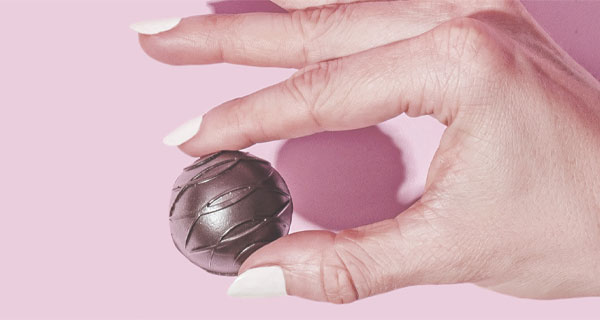
Used under a Creative Commons Licence
When Packaging Gets Too Close: Lessons for Creatives
Packaging is one of the most creative spaces in business. It’s where colour, typography, illustration and design come together to make a product jump off the shelf. But while the creative possibilities are endless, there’s a legal line that can’t be crossed: when “inspiration” drifts into imitation.
Two Australian cases—one involving Maltesers, the other Aldi’s Baby Bellies—show how courts deal with lookalike packaging and what it means for anyone creating or commissioning designs.
Maltesers v “Malt Balls”
Mars, the maker of Maltesers, challenged Sweet Rewards’ “Malt Balls,” sold in Target and Kmart. Both products used red backgrounds and floating chocolate imagery, but the Malt Balls jars were clearly branded “Delfi.”
Mars argued trade mark infringement and misleading conduct. The court disagreed. Why?
The word “Maltesers” was the star of Mars’ brand identity.
“Malt Balls” was seen as a generic description, not a brand.
While the red colours and floating balls looked familiar, these were considered common in confectionery packaging.
The judge even said Mars was a “victim of its own success”—Maltesers was so famous that no shopper would confuse the two.
Lesson: A distinctive brand name or logo is often your strongest shield. Relying only on colours or layouts may not be enough.
Aldi v Baby Bellies
A different outcome awaited Aldi when it launched “Mamia Puffs” for toddlers. The packaging looked strikingly like the Baby Bellies range—with soft colours, child-friendly fonts, and a cartoon belly character.
The real blow came from Aldi’s own internal briefs, which told designers to “follow the architecture of Baby Bellies.” The Federal Court ruled this was copyright infringement. Baby Bellies’ packaging was an “artistic work,” and Aldi’s copycat approach went too far.
Even worse, Aldi kept selling the product after being warned. The result: damages plus extra penalties for flagrancy. Aldi had to withdraw the packaging.
Lesson: Copying a competitor “for inspiration” can quickly become unlawful—especially if your own documents show that copying was deliberate.
What Creatives Need to Know
These cases show that:
- Names and logos matter most. They’re the first thing consumers notice.
- Original design is protectable. Fonts, illustrations, and characters can be copyright works.
- Intent is everything. Courts will look at internal design briefs and emails.
- Protect your work. Register trade marks, keep design drafts, and use contracts to secure ownership.
Protecting Your Creativity
If you’re a creative, designer, or brand owner:
- For legal advice (trade mark registration, copyright enforcement, packaging disputes), head to Sharon Givoni Consulting.
- For ready-to-use templates, stay right here on DesignWise Legal powered by Sharon Givoni Consulting.
Coming Soon on DesignWise Legal
Our range of DIY legal templates for creatives, designers and brand owners is on the way. From IP assignment agreements to brand protection packs, we’ll give you the tools to safeguard your work—without reinventing the wheel.
Stay tuned: Templates are launching soon. In the meantime, keep exploring our articles and resources designed to help you protect your creativity.
Please note the above article is general in nature and does not constitute legal advice.
Please email us info@iplegal.com.au if you need legal advice about your brand or another legal matter in this area generally.

